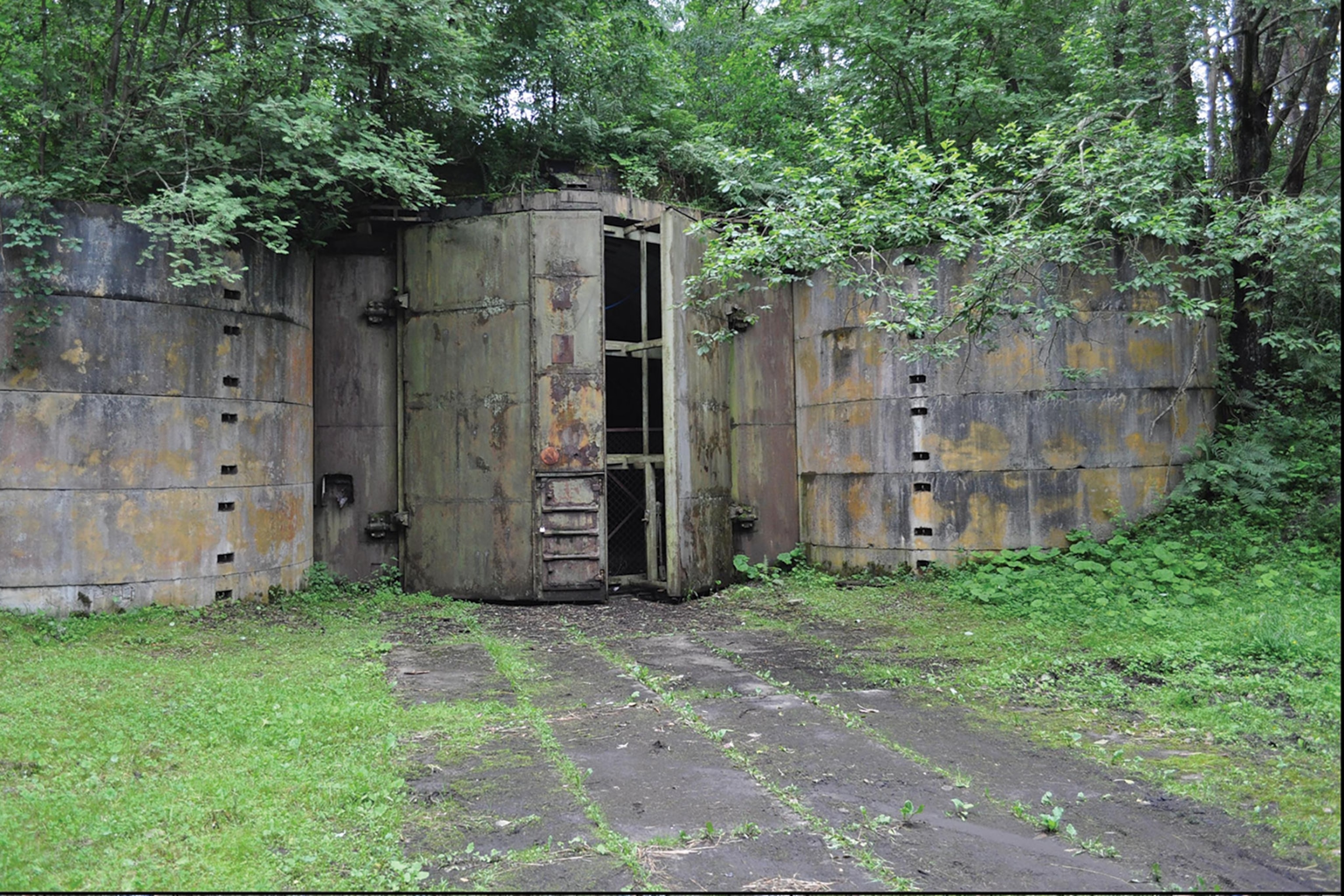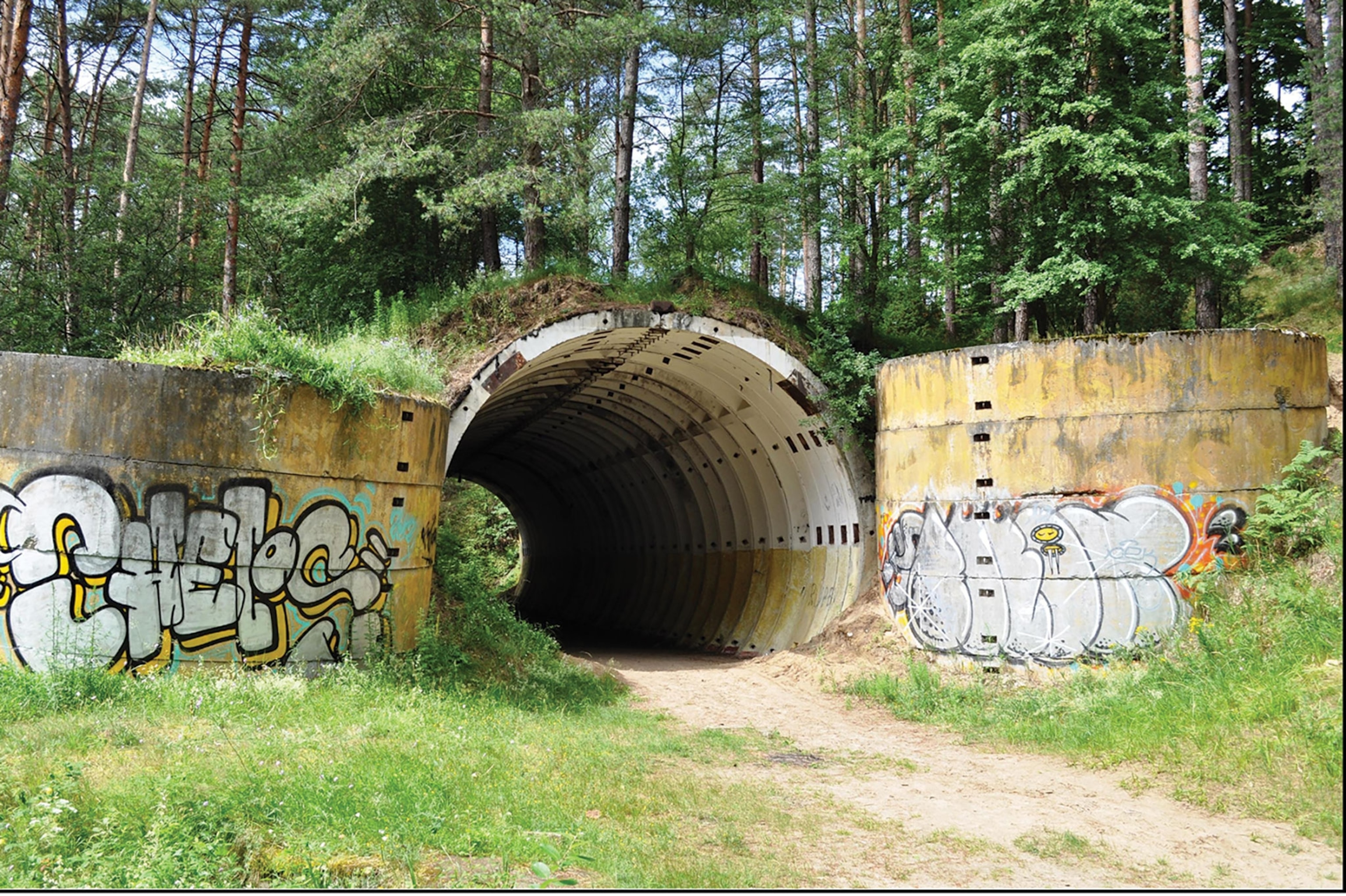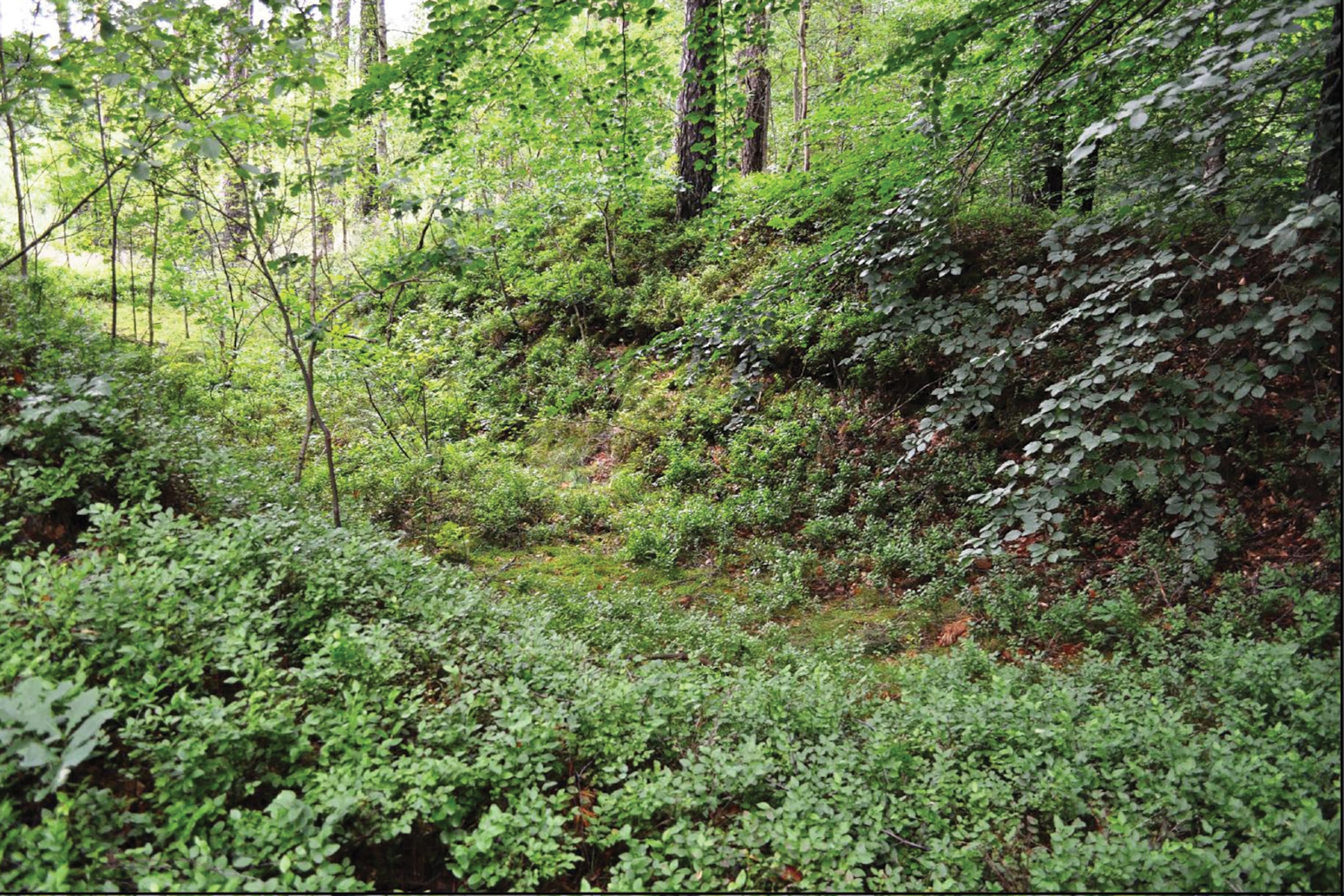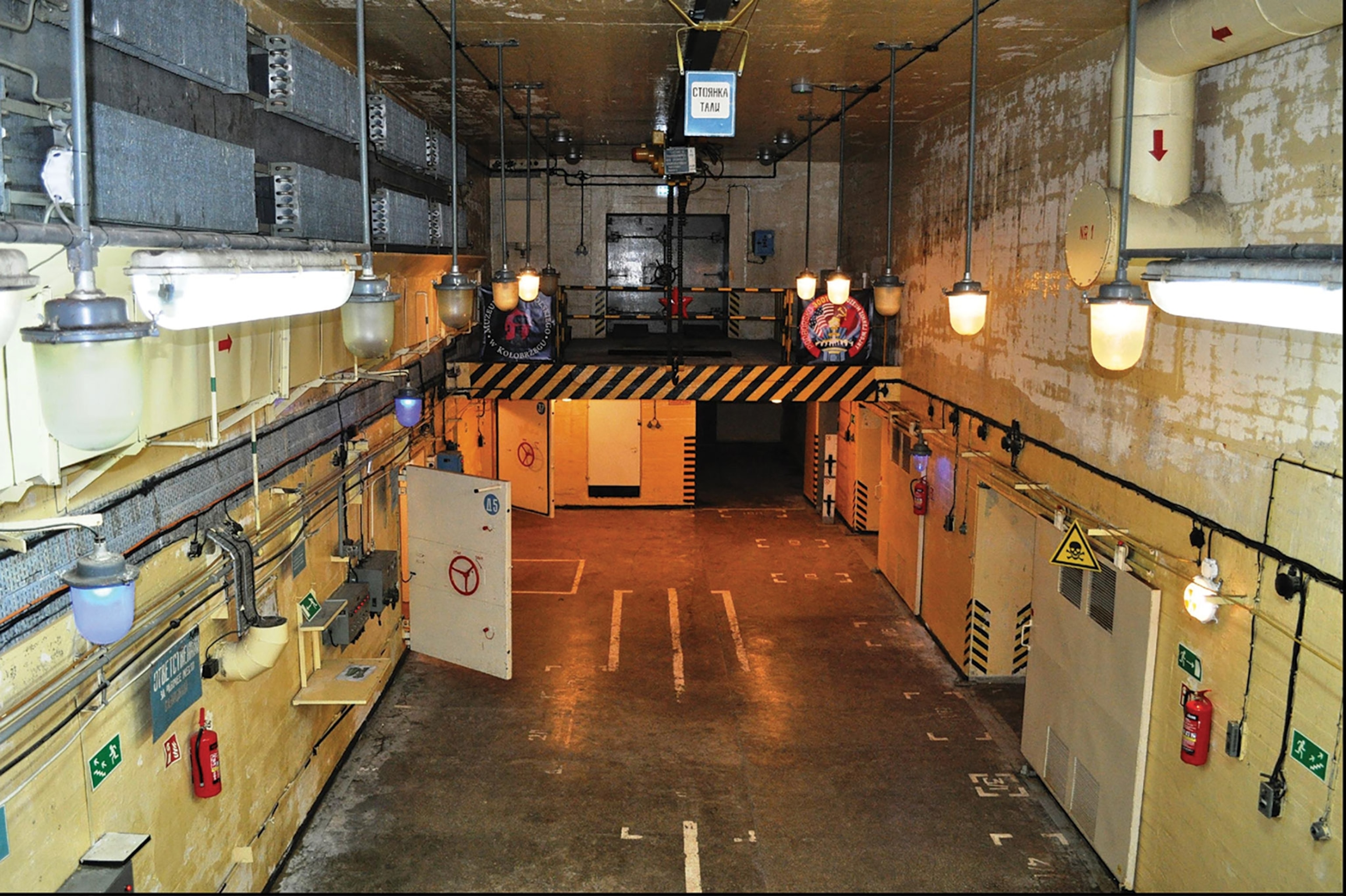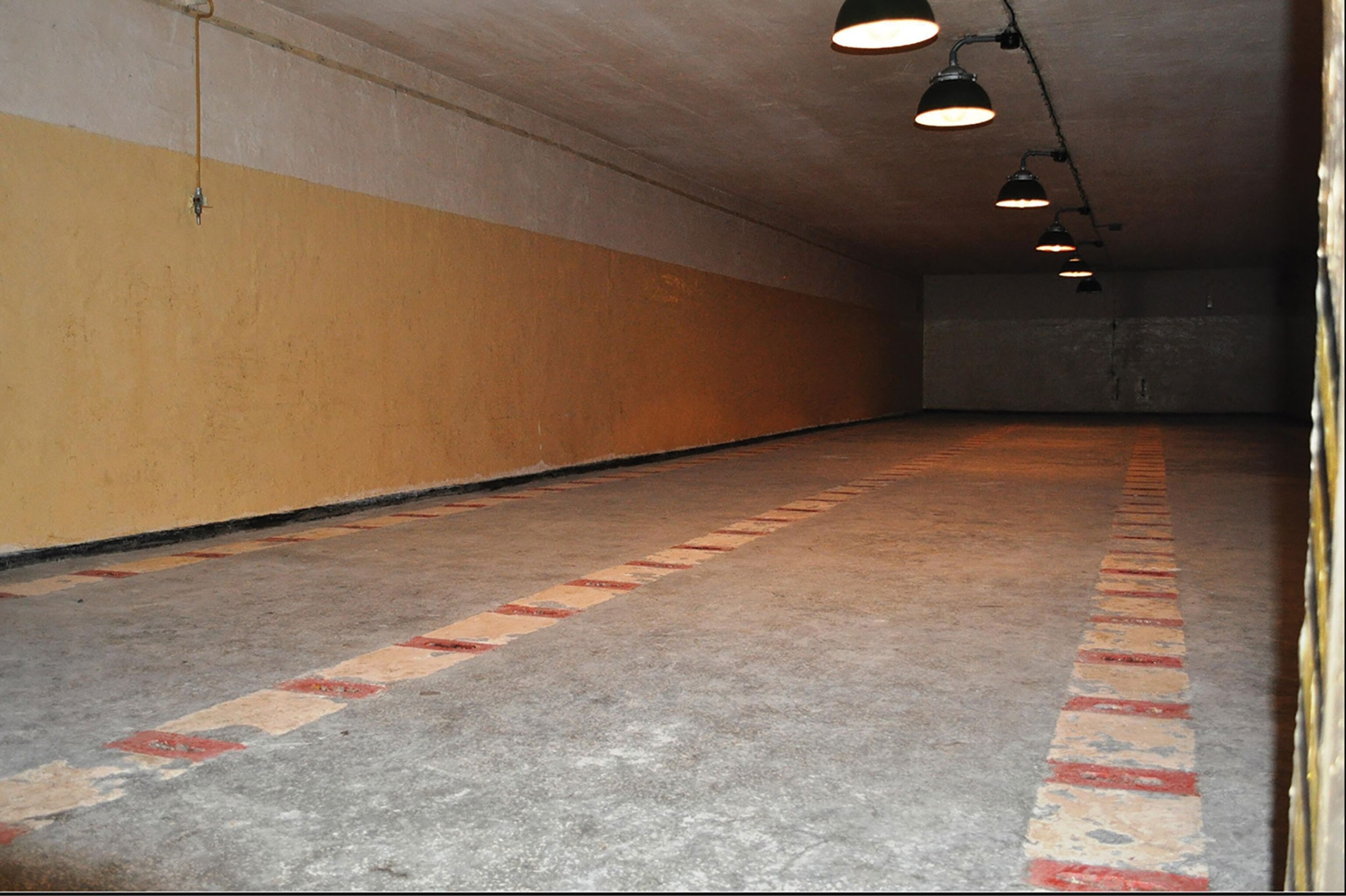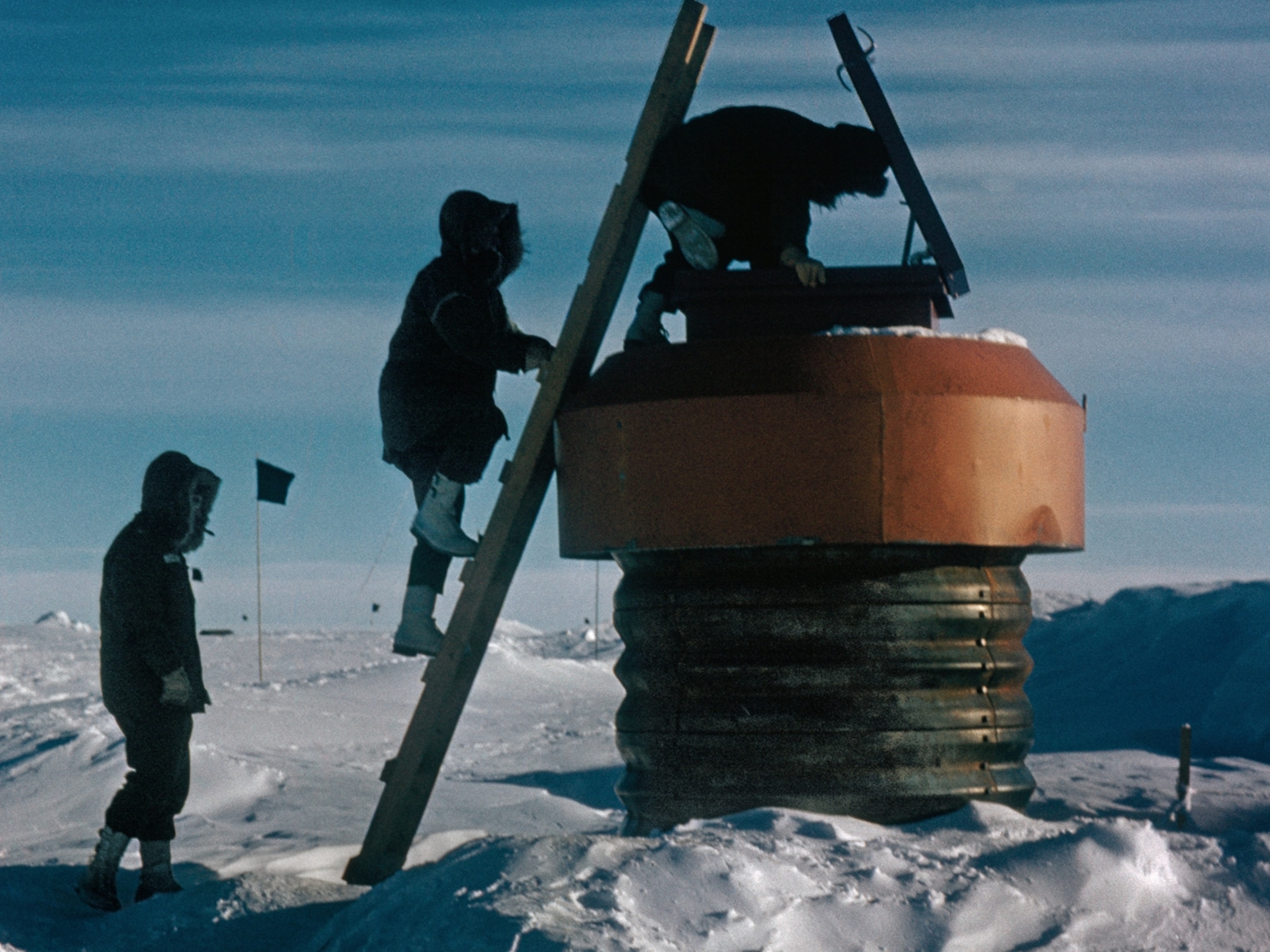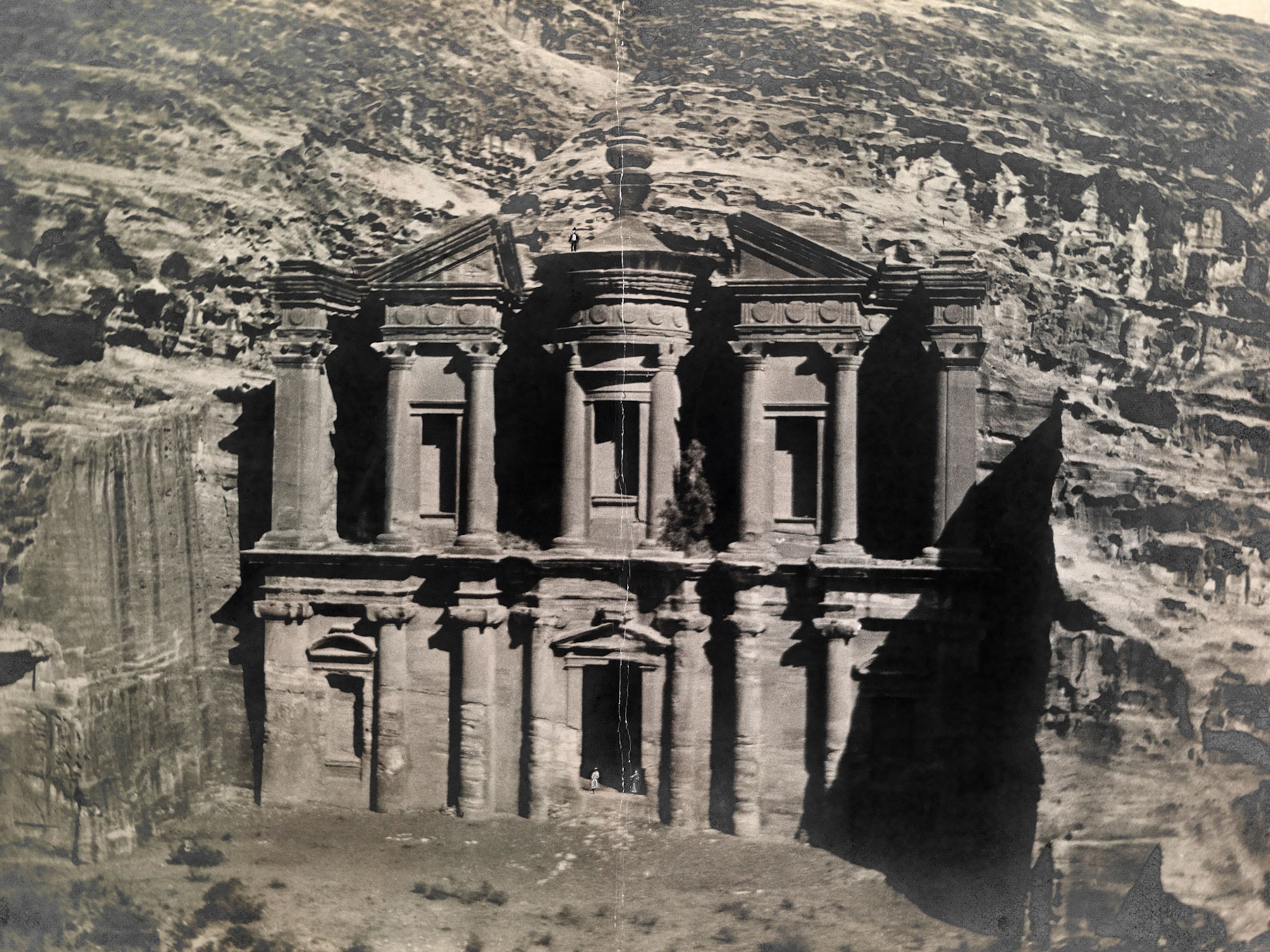Wander long enough in the forests of Poland, you may come across the remains of a Soviet nuclear base. Stripped down by locals in search of scrap metal and slowly being taken over by trees, their empty tunnels and sunken bunkers are all that remains of a Cold War scheme to turn the Soviet Bloc into a nuclear arsenal.
But history books don’t contain much, if any, information about the secretive sites. That inspired archaeologist Grzegorz Kiarszys to learn more about their mysterious past. His findings—and an impassioned argument for archaeology’s value in studying the Cold War—appear in the journal Antiquity.
Kiarszys used archaeology to study sites in Podborsko, Brzezńica-Kolonia and Templewo, all home to Soviet military installations that harbored a dangerous secret.

During the late 1960s, the USSR realized it wouldn’t be able to get nuclear weapons to Poland quickly enough if NATO attacked. So it hatched a plan to house nuclear warheads throughout its satellite states, including Poland.
Though Poland paid to build the storage sites, its people had no idea their country was home to hundreds of warheads. The USSR controlled the weapons, and members of the Soviet army manned its outposts.
Kiarszys used aerial photos, laser scanning, field surveys, declassified satellite imagery and documents like declassified CIA reports to uncover the story of the super-secret project, code-named “Vistula.” He mapped the sites, recording physical remains like paths created by patrolling soldiers and graffiti they carved in trees. And he found facets of the bases’ history that don’t appear in any official document, including evidence that women and children lived there.

“You never put a weapon of mass destruction with people who are unstable or alone," Kiarszys says. “Generals knew there had to be the illusion of everyday life at those facilities.” It was their insurance policy, he explains. He found plastic toys in waste disposal areas at the bases, and used photos shared by former Russian soldiers on social media to corroborate the existence of women and children on the bases. “The most important part of this place were those women and children.” Kiarszys’ work restores them to the historical record.
That record is still murky. Russian archives are closed, so documents about the program disappeared entirely after they were handed over to the USSR in late 1969. The Polish public only learned their country had housed nuclear weapons in 1991, after the Soviet Union had withdrawn. “It was a shock,” says Kiarszys. “We were assured by the Soviet and Polish governments that there was never a nuclear weapon in the territory of Poland.” After Poles became aware of the bases, they left their marks: First by scavenging there during the economic crisis that accompanied the end of the Cold War, and now as visitors who leave graffiti on their walls and surrounding trees. Since their existence was revealed, the sites have become the subject of countless urban legends and conspiracy theories.

For Kiarszys, archaeology offers a chance to challenge those myths and supplement—perhaps even rewrite—the history of the Cold War. "It was a conflict that changed the face of the world,” he says. “We can use archaeological methods to study ancient times, but we can also use them to study modern conflicts.”
“It’s archaeology’s turn now to use the physical remains of the Cold War to discover things that were not recorded in official documents or have since been forgotten,” says Todd Hanson, author of The Archaeology of the Cold War. (Hanson wasn’t involved in the current study.) Correcting the record isn’t the only reason to turn toward the conflicts of the recent past. “We lose our past so quickly,” he says. As the Cold War recedes into memory, its physical remains are slowly slipping away. But if Kiarszys and other archaeologists of the conflict have their way, it will never be forgotten.


